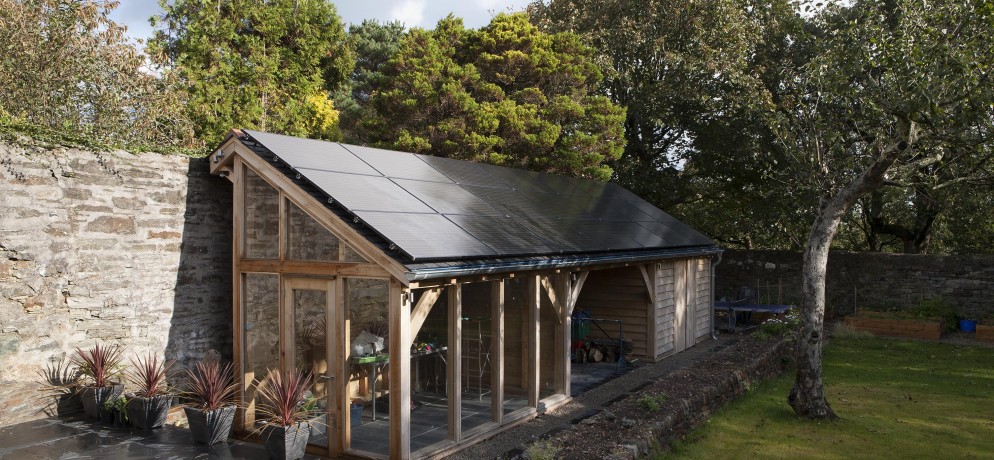
22nd January, 2015
Renewable Energy FAQs
What are the main sources of renewable energy that are available to homes and businesses in the UK? Basically there are four types – Solar PV Systems, Wind Turbines, Biomass Boilers (that burn organic matter from renewable sources) and Geothermal (Air Source or Ground Source Heat Pumps). All of these are supported by various government regulated subsidies or incentives to encourage wider adoption.
What is the most common and easiest of these to install? Undoubtedly Solar PV
What is Solar PV? PV stands for Photovoltaic, which is the process by which Solar Panels convert direct sunlight into electricity.
Why Solar PV? Because it can be retrofitted cost effectively to many domestic and commercial properties and benefits from one of the most generous of the government backed financial incentives – The “Feed-in-Tariff”
What is the Feed-in-Tariff (FiT)? This government backed scheme pays anyone who installs a Solar PV system on their property a sum of money for each Kilowatt Hour of energy that is generated by the system (regardless of whether it is used in the property). The amount payable depends on the size of the system. The system has to be connected to the grid and a small additional payment can be earned for any electricity that is exported to the grid rather than used on the property. These incentive payment benefits are in addition to the benefit of the free electricity provided by the solar panels. The FiT contract is linked to a specific property and runs for 20 years. The tariff rate is fixed at date of installation and increases annually indexed to RPI.
How much does it cost? The cost of solar panels has fallen considerably in recent years and a 4 kW system (which is the largest that can generally be fitted to a domestic dwelling) now costs around £6.5k, whilst a commercial system of 50kW for a sizeable factory or warehouse costs around £50k.
Is this an attractive investment? Investment in either a domestic or commercial Solar PV system provides one of the highest yielding investments returns currently available. The total return on investment can be in the region of 15% – 20% per annum depending on individual circumstances. This typically gives a payback of capital of between 4- 6 years.
What are the environmental benefits? The energy from sunlight generated by the solar panels displaces the equivalent energy that would otherwise come from fossil fuels thereby reducing your carbon footprint substantially. A Solar PV installation of 30 kW on a medium sized commercial building would displace about 8,000 Kg of CO2 annually.
What’s all this about a free Solar PV system and how can I get one? For a commercial sized system (of over 10 kW) it is possible to have a system fitted entirely free of cost on a suitable property. In this case the electricity generated is not entirely free but is available for the business to use at a deeply discounted price (typically half the cost of grid electricity).
How is this possible? By utilising specialist investment finance it is possible to “repackage” the income from the Feed-in-Tariff so that it effectively pays for the capital cost of the system whilst still providing cheap electricity for the property. This is a genuine opportunity for businesses that do not have the capital available to invest themselves to obtain real cost benefits from renewable energy while reducing their own carbon footprint, all at no cost to the business whatsoever.
Who provides these free systems? Specialist providers such as REI who have the combination of technical expertise in Solar PV alongside access to the investment finance required.